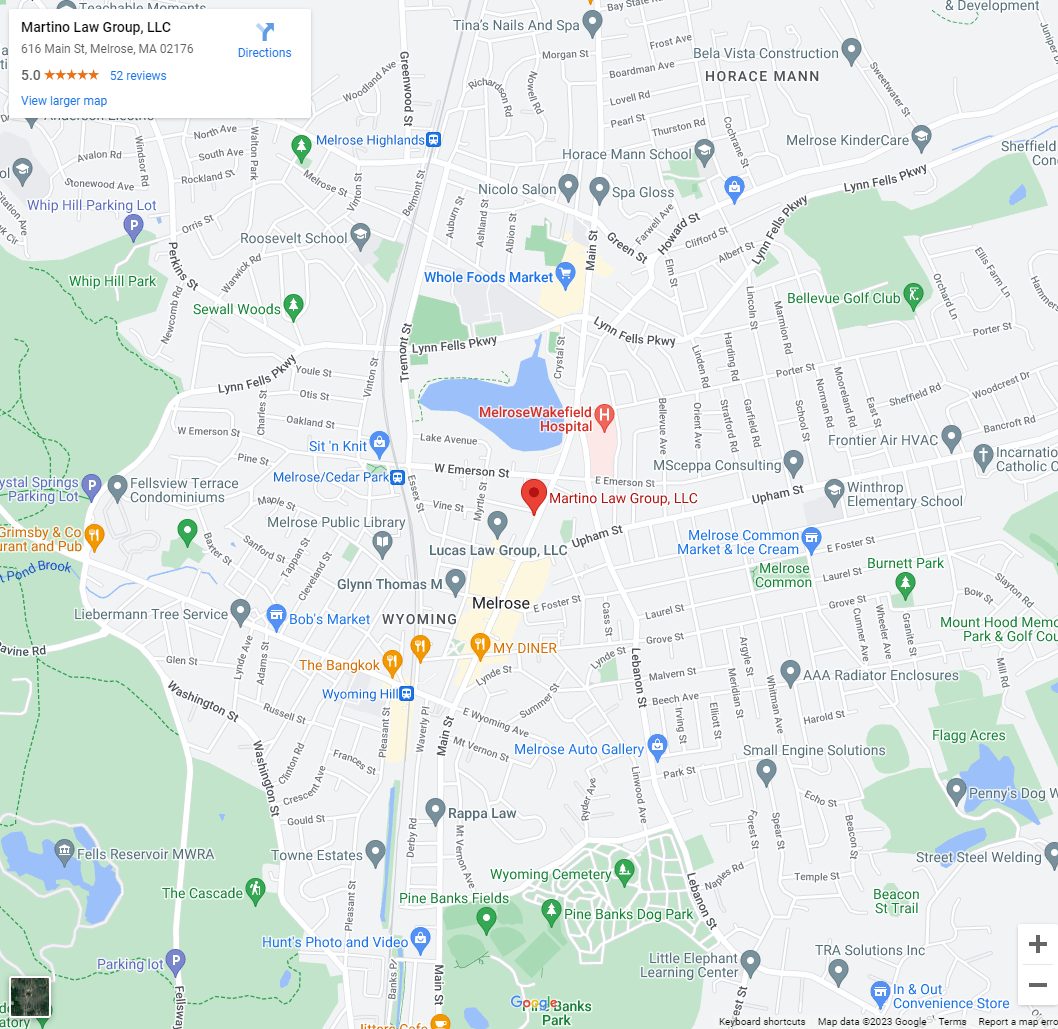Personal finances play a key role in home loan approvals. All lenders review assets, earnings, credit score and existing debts. These determine whether you qualify for a mortgage and how much of a mortgage you will receive. The following is introduction to income to debt ratio for MA loan pre-approvals.
Earnings Analysis
Lenders will consider your total monthly earnings. This includes only items that may be documented. Earnings from work are the most typical form of income. Lenders will ask for paperwork (such as W-2 forms) for the last 2 years, which tells them how consistent your earnings are. They may inquire about any unusual conditions, such as changes in salaries. Additional sources of income may include spousal support, real estate investments, and stocks. Anything that you would like counted must be verifiable. A history of earnings and probability of continued earnings can be very helpful. The type of documentation needed can vary among lenders and certain exceptions can also apply. It is helpful to tell your lender of all potential sources to know what does or does not qualify.
What Is Considered Debt
Debt describes all recurring expenses such as credit card bills and installment loans. The specific monthly payments on loans and other fixed-payment debt are taken into account. For revolving debt such as credit cards, minimum monthly payments are applied. These figures are typically noted in your credit report. Some companies will agree to exclude debts with less than a year before the payoff date or that you can verify another individual is obligated to pay it. Payment amounts are totaled to figure out specific monthly debt.
Introduction To Income To Debt Ratio For MA Loan Pre-approvals
Lenders compare the monthly income to debt figure out the income to debt ratio, which must remain under a certain percentage. Furthermore, mortgage payments plus your total debt should remain under a specific percentage in order for your loan to be approved. The particular benchmark can vary from lender to lender and based on the program as well.
Sample Scenario
For example, some companies might limit the monthly mortgage payment (principal, interest, property taxes, and hazard insurance) to fall under 28 percent of the monthly income. They may also limit your combined debt to less than 40 percent of monthly income. Based on this example, someone making 60,000 annually (5,000 per month) may be allowed up to a 1,400 monthly mortgage payment and permitted 2,000 per month for combined debt.
Remember that this is only an example and includes only one aspect of the financial review that can be completed. There are many other factors, such as credit history and program specific requirements. It is critical to work with an experienced loan advisor for guidance on income to debt ratio for MA loan pre-approvals specific to your personal finances.




